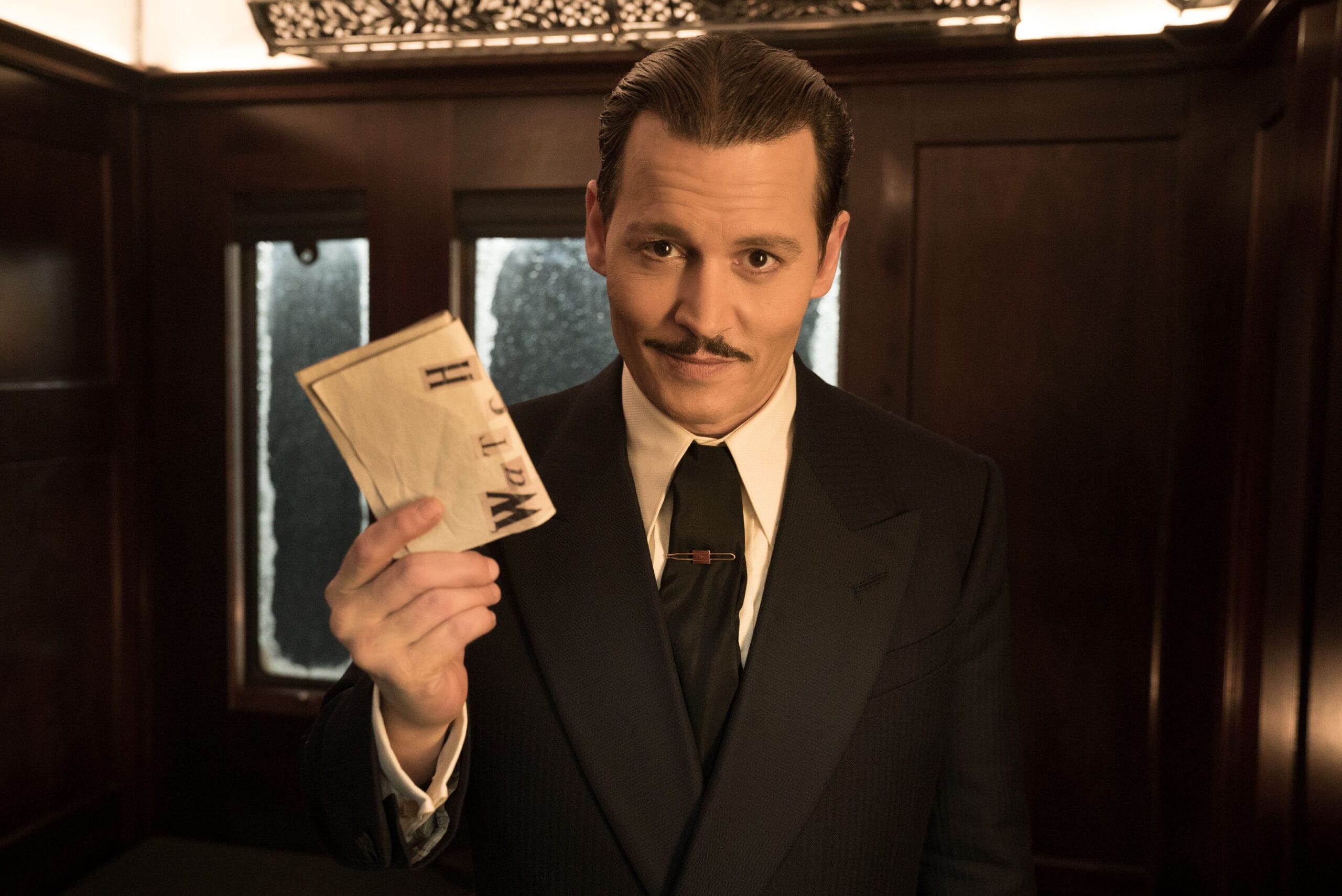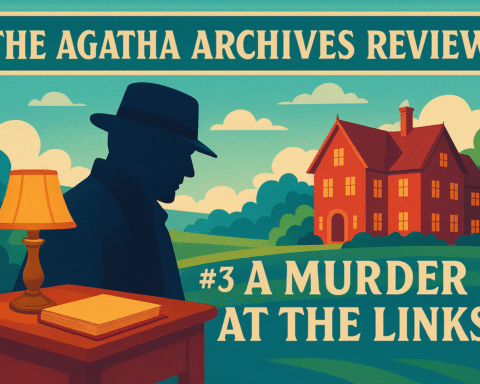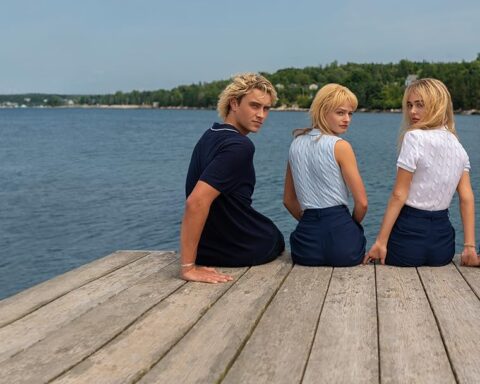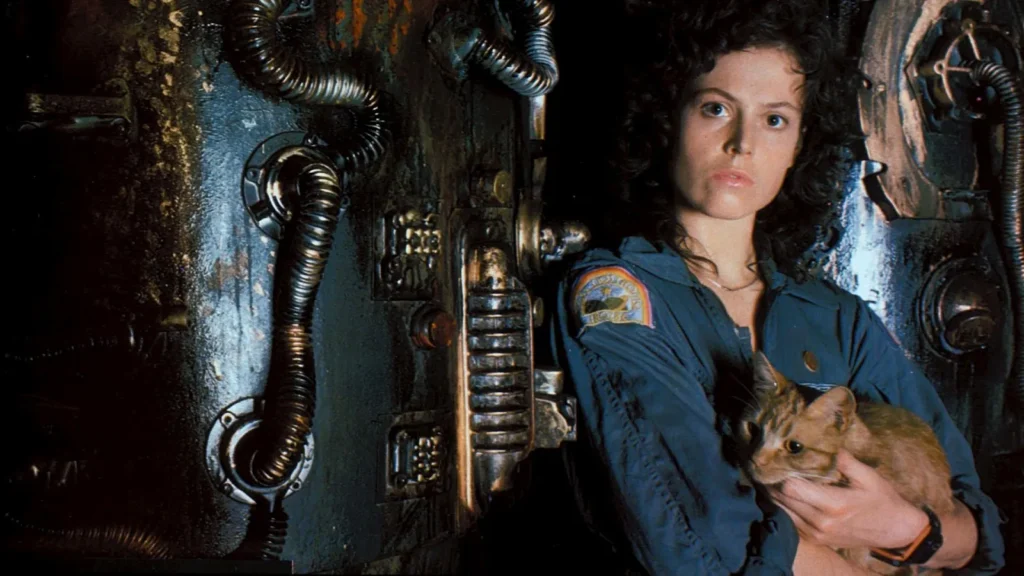We love Agatha Christie, and who doesn’t know Murder on the Orient Express? So, for those who aren’t fans of reading but still enjoy cozy crime stories, here’s a quick summary of the differences between the book and the film of Murder on the Orient Express.

First Things First: Hercule Poirot
Let’s start at the beginning, with Hercule Poirot. In the movie, it’s Kenneth Branagh who plays the great detective. And honestly, he brings the character to life with a quirky precision, not only in Murder on the Orient Express but also in Death on the Nile. However, when I think of Poirot, I don’t picture Kenneth Branagh, but rather David Suchet, probably due to fond memories of watching Poirot with my grandparents. That being said, Kenneth’s adaptation is far from bad; much of his portrayal fits the character well.
Murder on the Orient Express: Differences Between the Book and the Film
Personally, I had just read the book before watching the 2017 movie adaptation. The first thing to note is that the casting for this film is just incredible. Johnny Depp, Judi Dench, Daisy Ridley, Penélope Cruz, Michelle Pfeiffer, Tom Bateman, Willem Dafoe, Leslie Odom Jr., and many others. Honestly, it would have been hard to do better.
As for the differences, they are minimal and don’t impact the plot much.
The first thing that stood out to me was Dr. Arbuthnot, who in the book is actually a commander. The second big change occurs in the setting where the story takes place.

A Small Difference That Adds a Lot to the Story
In the book, each person aboard the train is interrogated separately, one by one, in the dining car. In the film, Poirot adapts to the character and changes the interrogation location accordingly, which makes the film feel more dynamic and less dreary. That said, the slow pace isn’t felt in the book but could have been in the movie.
Another important point is the train’s course. In the film, they manage to get off the train and seek shelter while reinforcements work to get the train back on track after it’s actually derailed. In the book, however, the train is simply stopped, blocked by snow, and no one leaves the train.
A Slight Difference in the Ending
In the book’s ending, Poirot decides that the murder wasn’t committed out of malice, but rather by people seeking revenge and peace. He subtly implies that he will tell the investigators he didn’t find the killer.
In the film, before deciding to tell the investigators his first hypothesis – that a murderer broke in and left immediately – he challenges Mrs. Hubbard to kill him, which she is unwilling to do.
Ultimately, she turns the gun on herself, ready to kill herself, but since the gun isn’t loaded, nothing happens. Poirot decides to lie to the police, claiming he hasn’t found the killer.

A Well-Written Script
Having the book fresh in my mind, I can say that the script of the film is a lovely tribute to Agatha Christie’s work. However, I find the film to be more precise than the book. It’s harder in the book to fully understand every little detail of the connections between the characters, and it’s easy to get confused. In the book, Poirot takes the time to better explain his reasoning and the links between the characters, which allows for a clearer understanding.
Whether it’s the book or the film, Murder on the Orient Express is a must-see or must-read at least once in a lifetime. And once you’ve done that, you’ll only want one thing: to see more and read other Agatha Christie novels. If you want to read the book, you can buy it here and the movie is available on Prime Video and on Disney + .










